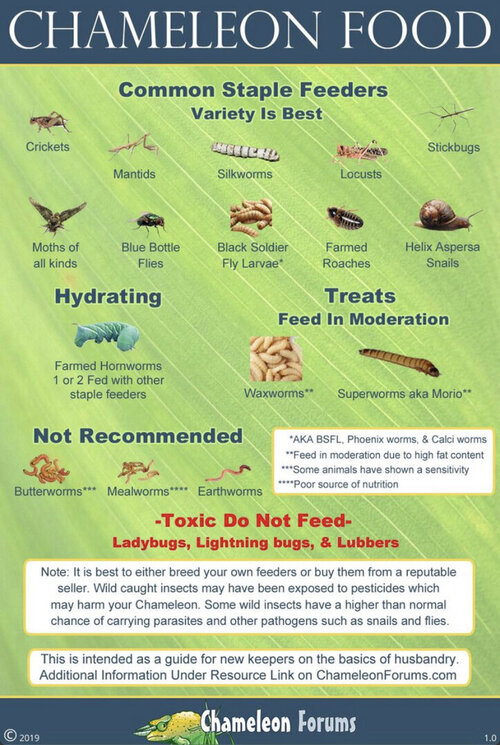ZEROPILOT
Avid Member
I did do a search on this and this is what I THINK I understand:
That juveniles actually eat more than adults.
Is this so?
My adults eat like hogs. Especially when it comes to a treat food, such as Superworms. They will each eat more than 10 at a single sitting. I've been giving them 4 (about once every week, ten days) and they just stare at the empty bowl. Looking for more.
Is four crickets, superworms or 2 hornworms enough for an adult?
And once a day?
Every two days?
This also seems up to debate.
Any first hand advise would be helpful. My chams are about 9 months old now. Three male Veiled.
That juveniles actually eat more than adults.
Is this so?
My adults eat like hogs. Especially when it comes to a treat food, such as Superworms. They will each eat more than 10 at a single sitting. I've been giving them 4 (about once every week, ten days) and they just stare at the empty bowl. Looking for more.
Is four crickets, superworms or 2 hornworms enough for an adult?
And once a day?
Every two days?
This also seems up to debate.
Any first hand advise would be helpful. My chams are about 9 months old now. Three male Veiled.



